Boondock Camping for Beginners: Your First Trip Off-Grid
Want a truly off-grid camping adventure? Boondock camping lets you escape the crowds and connect with nature. This guide covers everything you need to know about boondocking, from finding the perfect spot to essential gear and staying safe. Get ready to discover the freedom of dispersed camping!

Portable Solar Power Bank 26800mAh - 99Wh Fast Charger
Lithium Polymer (Li-Po) battery. PD fast charging. Holds up to 8 days of reliable power on a single charge. Boasts a charging speed 50% faster than ordinary portable chargers.
Shop NowWhat Is Boondocking? (Boondock Camping Defined)
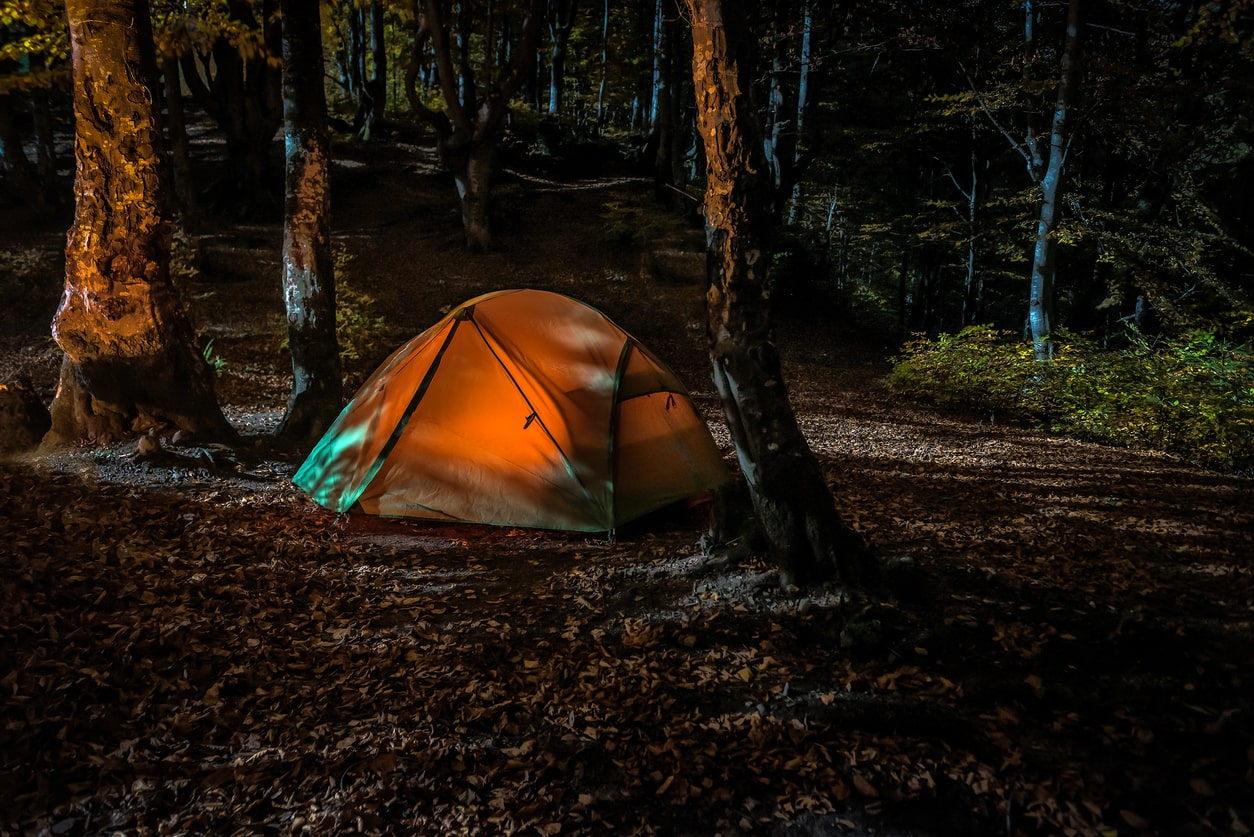
Boondocking is truly immersive camping, enabling explorers to bask in untouched nature. There are few amenities and crowds compared to traditional camping. Boondock camping appeals to genuine nature admirers and those seeking solitude in the wilderness.
Key Takeaways
- Preparation is essential for boondocking: Knowing the rules of your chosen location, packing necessary gear (first-aid, navigation), and securing a reliable power source are crucial for a successful trip.
- Research is key to finding the right spot: Use resources like Campendium and Free Campsites to locate potential sites. Consider cell service, sun exposure, road conditions, and tell someone your plans.
- Responsible boondocking preserves nature: Minimize your impact by following Leave No Trace principles. Pack out all trash, avoid disturbing vegetation and wildlife, and dispose of wastewater properly.
Understanding Boondocking: Origins and Definition
The term "boondocking," stemming from the Tagalog word "bundók," meaning mountain, reflects camping that intimately intertwines with nature.
Different Terms for Boondocking
Boondocking goes by many names, all pointing to off-grid camping adventures. It’s sometimes called dispersed camping or wild camping, especially when referring to free camping on public lands without hookups like water or electricity. This distinguishes it from dry camping, which also lacks hookups but usually takes place in developed campgrounds with some amenities. You’ll also hear terms like “Wallydocking,” referring to overnight parking lot camping, and “Moochdocking,” which describes camping on a friend’s or family member’s property. Understanding these different terms helps clarify the specific type of off-grid experience you’re seeking.
Why Choose Boondocking?
Boondocking offers a unique escape into nature’s tranquility. It’s a chance to disconnect from the everyday hustle and immerse yourself in the quiet beauty of the outdoors. Imagine waking up to breathtaking sunrises, surrounded by nothing but wilderness. This level of solitude and connection with nature is a major draw for many boondockers. However, this freedom comes with a responsibility for self-reliance. Boondocking requires careful planning and preparation to ensure you have everything you need, from power solutions like portable power banks and fast wall chargers to sufficient water and supplies. The growing popularity of boondocking highlights its appeal, but responsible behavior is crucial. Preserving access to these pristine public lands depends on us respecting the environment and leaving no trace. Finding the perfect boondocking spot often involves combining online research with personal exploration and recommendations from fellow adventurers.
Where to Go Boondocking: Best Free & Legal Spots

Selecting the right location is pivotal to maximizing the boondocking experience. Let's take a look at some of the best spots for boondock camping:
Boondocking on Public Lands & Forests
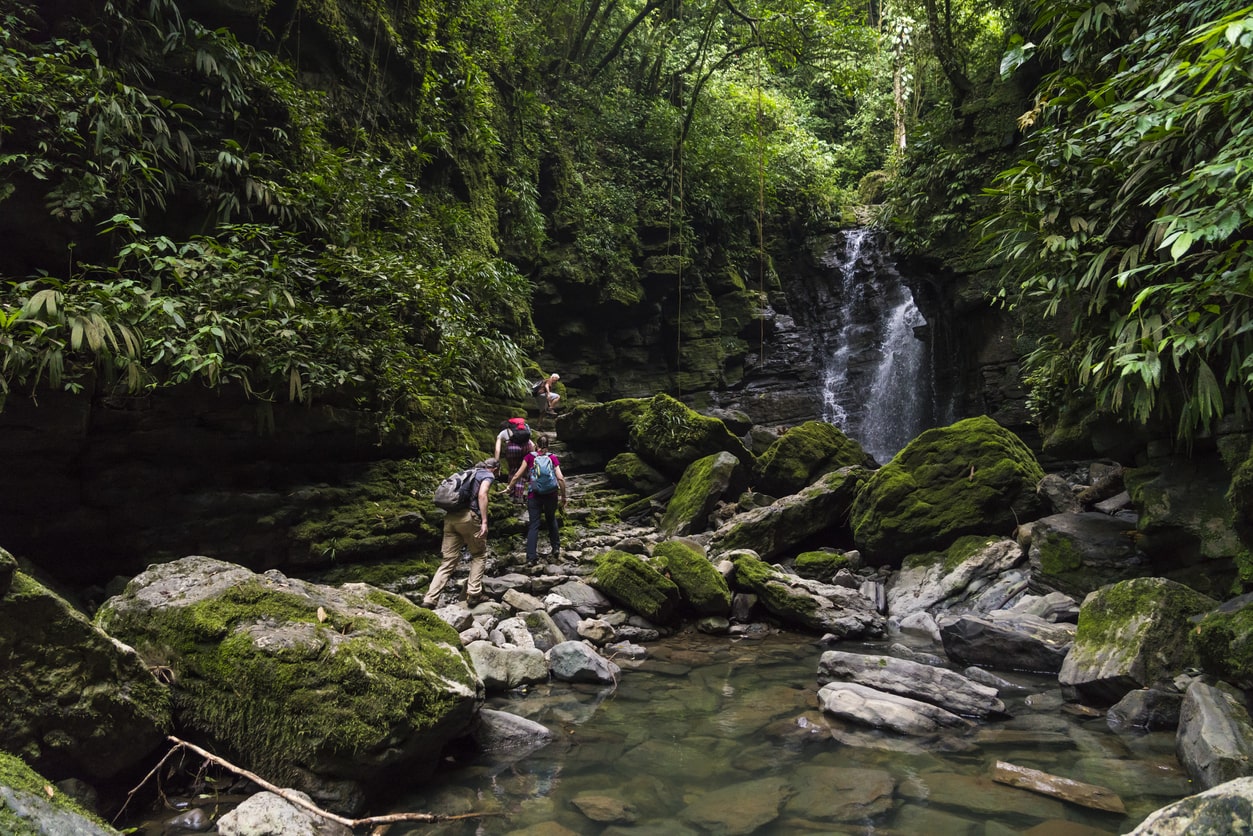
Embrace expansive national forests for a serene retreat into the wilderness. Ensure adherence to site-specific regulations and respect nature to preserve its pristine condition.
Bureau of Land Management (BLM) Land
The Bureau of Land Management (BLM) oversees a vast 245 million acres, primarily in the western United States. Much of this land is open for free recreational use, making it ideal for boondocking. You’ll find diverse landscapes, from deserts and canyons to forests and mountains. The BLM website offers detailed maps and information about dispersed camping.
US Forest Service Land
The US Forest Service manages 193 million acres, offering another great boondocking option. These lands often feature dense forests, winding trails, and serene lakes. Dispersed camping is generally permitted. The US Forest Service website is a good starting point for researching locations and regulations.
State Trust Lands
State trust lands, managed individually by each state, are another boondocking possibility. Rules and regulations vary, including permits and fees. For example, Washington requires a Discovery Pass, and Arizona requires a State Trust Land permit. Always check the specific rules for your chosen area via your state’s Department of Natural Resources or equivalent agency website.
County or City Parks
Some county or city parks allow boondocking or have designated dispersed camping areas. These can be convenient for those wanting to stay closer to civilization. Confirm the specific rules and limitations. Some parks may have stay limits (e.g., 14 days within a 30-day period) or restrictions on proximity to roads, trails, or water sources. Contact the local parks and recreation department for details.
Dry Camping in Developed Areas
Choosing a developed campground for dry camping presents a safer alternative while providing access to some basic amenities like water faucets and restrooms.

Portable Solar Power Bank 26800mAh - 99Wh Fast Charger
Lithium Polymer (Li-Po) battery. PD fast charging. Holds up to 8 days of reliable power on a single charge. Boasts a charging speed 50% faster than ordinary portable chargers.
Shop NowFinding and Choosing Boondocking Locations
Now that you know where to look for boondocking spots, let’s talk about how to find the perfect place to park your rig. A little research goes a long way, especially when you’re heading off the grid. Reliable power is essential for a comfortable boondocking experience. KEUTEK offers portable power solutions perfect for keeping your devices charged on your off-grid adventures. Check out our Fast Charging Portable Power Banks for reliable power on the go.
Apps and Websites
Several helpful websites and apps make finding boondocking locations easier. I recommend checking out Campendium and Free Campsites. Both list free camping spots, but Campendium tends to have more robust filtering options and user reviews, which can be super helpful for figuring out if a spot is right for you.
Tips for Selecting a Site
Boondocking (also known as dispersed camping or wild camping) offers the freedom of camping on public land without hookups—meaning no electricity, water, or sewer. Most boondocking opportunities are in the western US because of the abundance of public land managed by the Bureau of Land Management (BLM) and the US Forest Service. Be sure to check the specific rules for each area. Exceeding stay limits (often 14 days) or disturbing the environment can result in fines.
Respect wildlife, leave no trace, and be considerate of others sharing the space. When you’re evaluating a potential site, think about cell service (if you need it), sun exposure (important for solar power if you have it), and road conditions. Some spots require high-clearance vehicles or 4-wheel drive, so double-check before you head out. And, of course, always let someone know where you’re going and when you expect to be back, especially when venturing into remote areas. A reliable car charger can be a lifesaver for keeping your devices powered up during your travels.
Boondocking in the Deep Woods
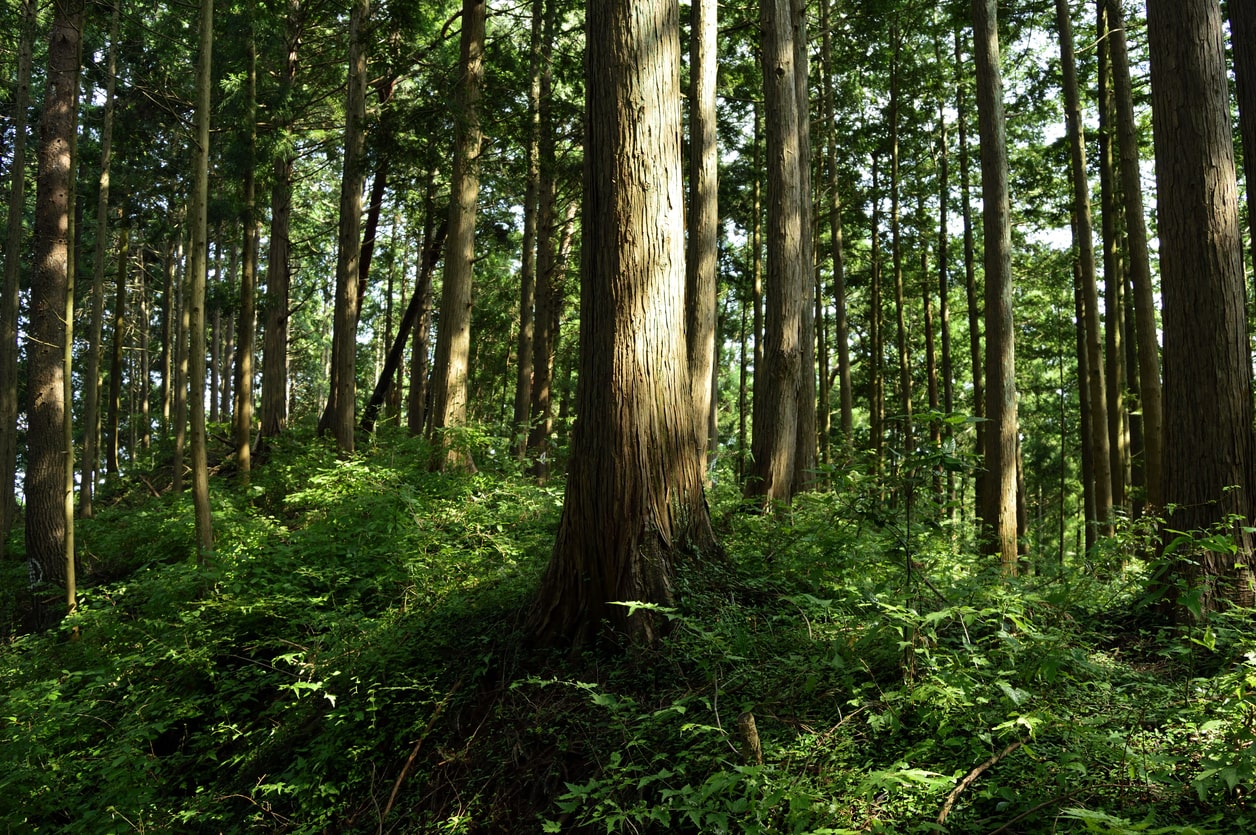
Looking to get as far away from civilization as possible? Take your RV, camper, or tent out in the deep woods. This option is not for the faint of heart. We recommend this more for seasoned "boondockers" or survivalists, which could lead to injury. With the proper training and know-how, boondocking in the deep woods is a great experience!
Essential Gear for Boondocking Beginners

Boondocking requires a lot of planning and supplies to navigate the unique challenges posed by this isolated camping style.
-
Safety Precautions: Taking safety precautions means many things, but here are a few standard guidelines to follow:
-
Communicate your boondocking plan to friends or family
-
Adhere to 'bear aware' guidelines in areas with a high bear population.
-
Pack a first-aid kit
-
Bring a sharp knife and rope
-
Seek or create shelter
-
-
Weather Awareness: Stay informed about the weather patterns during your trip. Inclement weather could impact your campsite or lead to injury.
-
Culinary and Hygienic Preparations: Equip yourself with sustainable food options and a cooler to keep food fresh.
Power Management
When you're boondocking, managing your power is key. Since you're usually camping without hookups, a reliable power source makes all the difference. Think about what you'll need to power—phone, laptop, lights, maybe even a small fridge. Planning ahead will help you avoid a dead battery in the middle of nowhere. Learn more about boondocking and the unique challenges it presents.
Solar panels are a popular choice for boondockers. Portable solar panels are great for charging devices directly, while larger panels can charge a portable power station. Another option is a generator, but keep in mind some areas have noise restrictions, so always check the rules beforehand. Generators also require fuel, which is another thing to plan for and pack. Check out these tips for successful boondocking.
KEUTEK Portable Power Solutions
One excellent option for staying powered while off-grid is the KEUTEK Portable Solar Power Bank. This power bank uses a Lithium Polymer (Li-Po) battery with PD fast charging, providing up to eight days of power on a single charge. It charges 50% faster than standard portable chargers, making it perfect for keeping your devices running while you enjoy nature. KEUTEK also offers a range of other portable power solutions, including fast-charging portable power banks, wall chargers, and a car charger to keep you powered on the go. Explore KEUTEK's ProSeries Max for reliable and efficient charging.
No matter your power setup, remember to conserve energy. Use LED lights, limit device use, and turn things off when you're not using them. A little energy conservation goes a long way when you're boondocking. For more tips on saving energy while camping, read this guide.
Power Up Your Boondocking Trip: Staying Connected Off-Grid
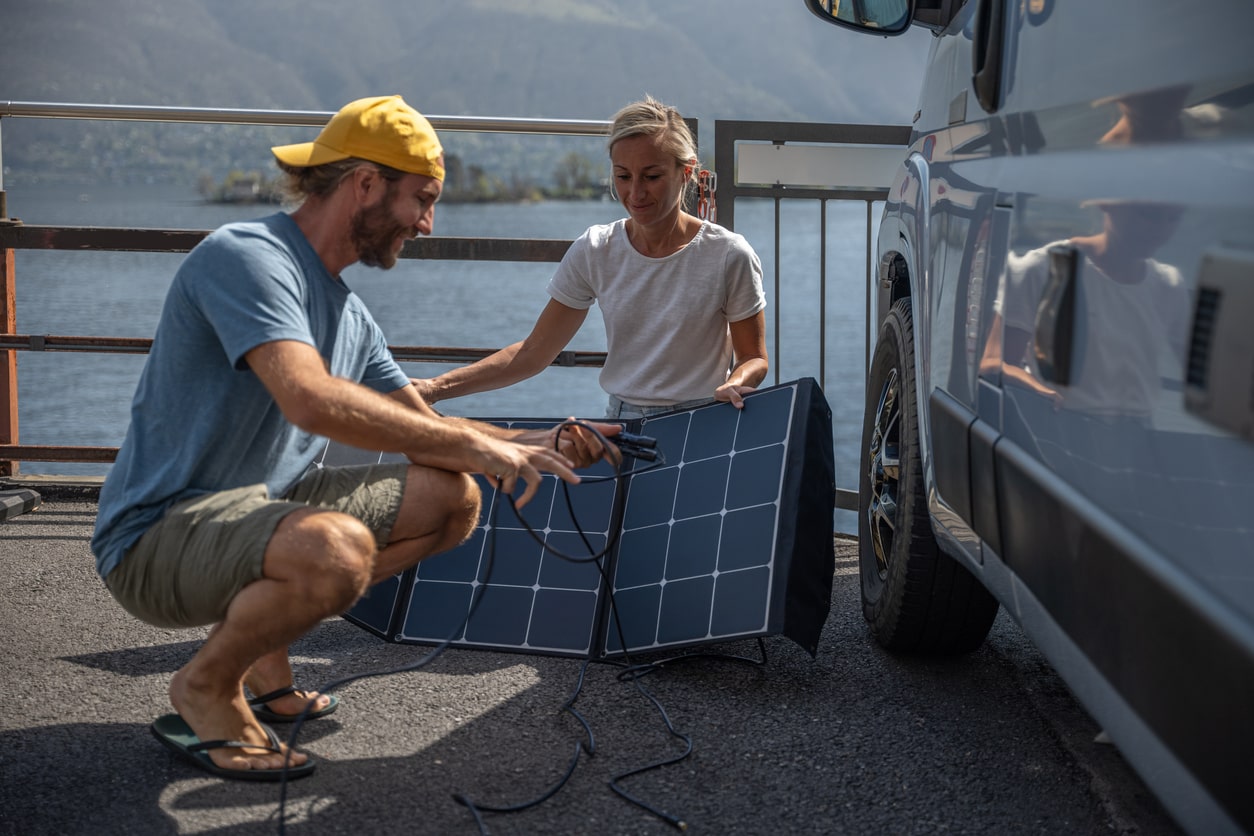
Ensuring a steady, reliable power source during your boondocking adventure is essential for a comfortable trip amidst the wilderness.
Portable Power Stations for Boondocking
The KEUTEK 300W Portable Power Station emerges as a top-tier option. It can power essential devices and appliances like refrigerators and coffee machines.
Solar Power for Boondock Camping
Opting for a solar system, paired with batteries and an inverter, provides an eco-friendly and dependable power source. This is one of the best ways to keep devices charged, especially while boondock camping.

Portable Solar Power Bank 26800mAh - 99Wh Fast Charger
Lithium Polymer (Li-Po) battery. PD fast charging. Holds up to 8 days of reliable power on a single charge. Boasts a charging speed 50% faster than ordinary portable chargers.
Shop NowTips for a Safe & Enjoyable Boondocking Adventure
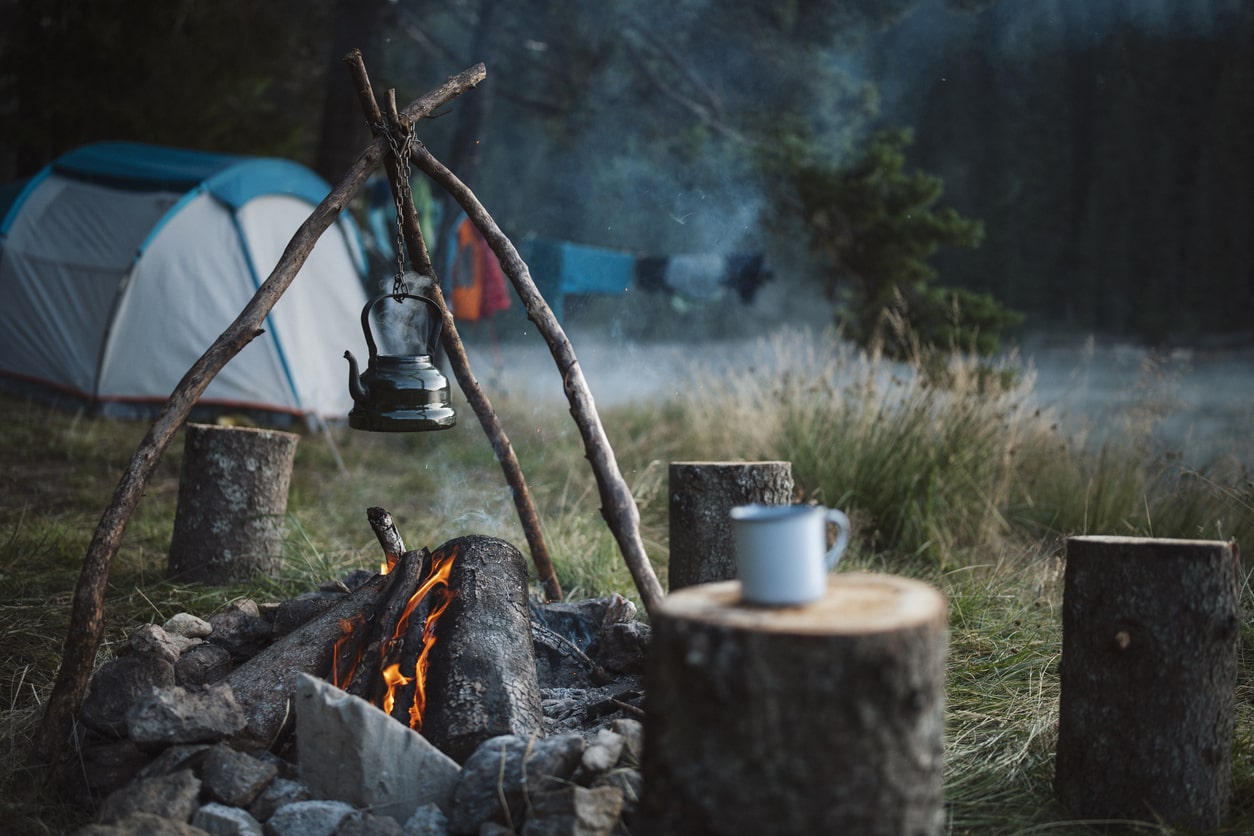
Boondocking is one of the most immersive camping experiences. Whether you're a seasoned camper or just need some solitude, boondock camping is an experience like no other. The key to a successful venture is proper planning - securing a reliable power source with devices like the KEUTEK 300W Portable Power Station to ensure adequate food and water supplies. Boondocking transcends its practical benefits, offering a valuable plunge into the peaceful and unspoiled wilderness.
Rules, Regulations, and Leave No Trace
Boondocking, also known as dispersed camping or wild camping, offers the freedom to camp on public lands without designated hookups. It’s a fantastic way to experience nature’s tranquility, but it comes with responsibilities. Understanding the rules and practicing Leave No Trace principles ensures a positive impact on the environment and keeps these beautiful spaces open for everyone. Most boondocking opportunities are in the western US because of the abundance of public land (Escapees). Before heading out, research the specific regulations for your chosen area. Rules vary, but common ones include stay limits (often 14 days) and campfire restrictions. Check with local land management agencies like the Bureau of Land Management (BLM) or the US Forest Service for details.
Minimizing your environmental impact is key to responsible boondocking. Pack out everything you pack in, including trash and food scraps. Be mindful of wastewater and dispose of it properly. Avoid disturbing vegetation or wildlife. Stick to established roads and trails. By following these simple guidelines, you can help preserve these natural areas for future boondockers.
Safety Precautions for Boondocking
Boondocking’s remote nature requires careful planning and attention to safety. While exhilarating to be away from crowds, it also means you’re further from help. Before venturing out, share your boondocking plan—location and expected return date—with friends or family. Reliable communication is essential. While cell service can be spotty, a satellite phone or personal locator beacon (PLB) can provide a lifeline. KEUTEK offers portable power solutions to keep devices charged off-grid.
Be aware of your surroundings. In areas with bears, follow “bear aware” guidelines, like storing food properly and making noise while hiking. Pack a first-aid kit and know how to use it. Be prepared for changing weather; check the forecast and pack layers. A car charger can keep your phone charged on the drive. Food safety matters too; pack non-perishable items and use a cooler for perishables. By taking these precautions, you can enjoy a worry-free boondocking experience.
FAQs
Q1: What is the difference between boondocking and dry camping?
Boondocking usually refers to free camping on public land without hookups, while dry camping can happen in campgrounds where you’re just not using hookups.
Q2: Is boondocking legal on public land?
Yes, boondocking is legal on many U.S. public lands like BLM land and national forests, but rules vary by region. Always check local regulations.
Q3: Do you need an RV to boondock?
No. You can boondock with a camper van, car, or even a tent, as long as you're self-sufficient with water, food, and power.
Q4: How do you find boondocking spots?
Use apps like Campendium, FreeRoam, or iOverlander to find verified spots. Look for BLM land, national forests, and state land access.
Q5: What gear is essential for boondocking?
Key items include water containers, solar power banks, a portable toilet, food storage, emergency kits, and weather-appropriate shelter.


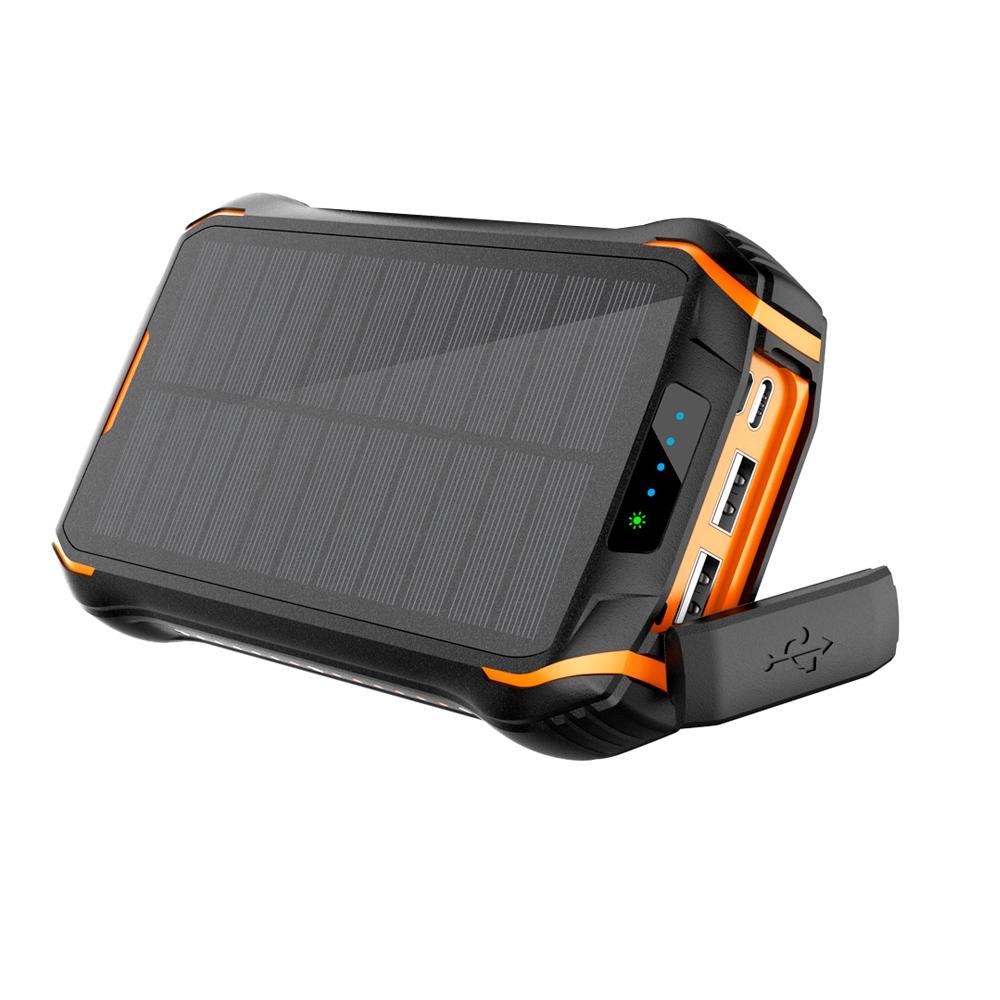
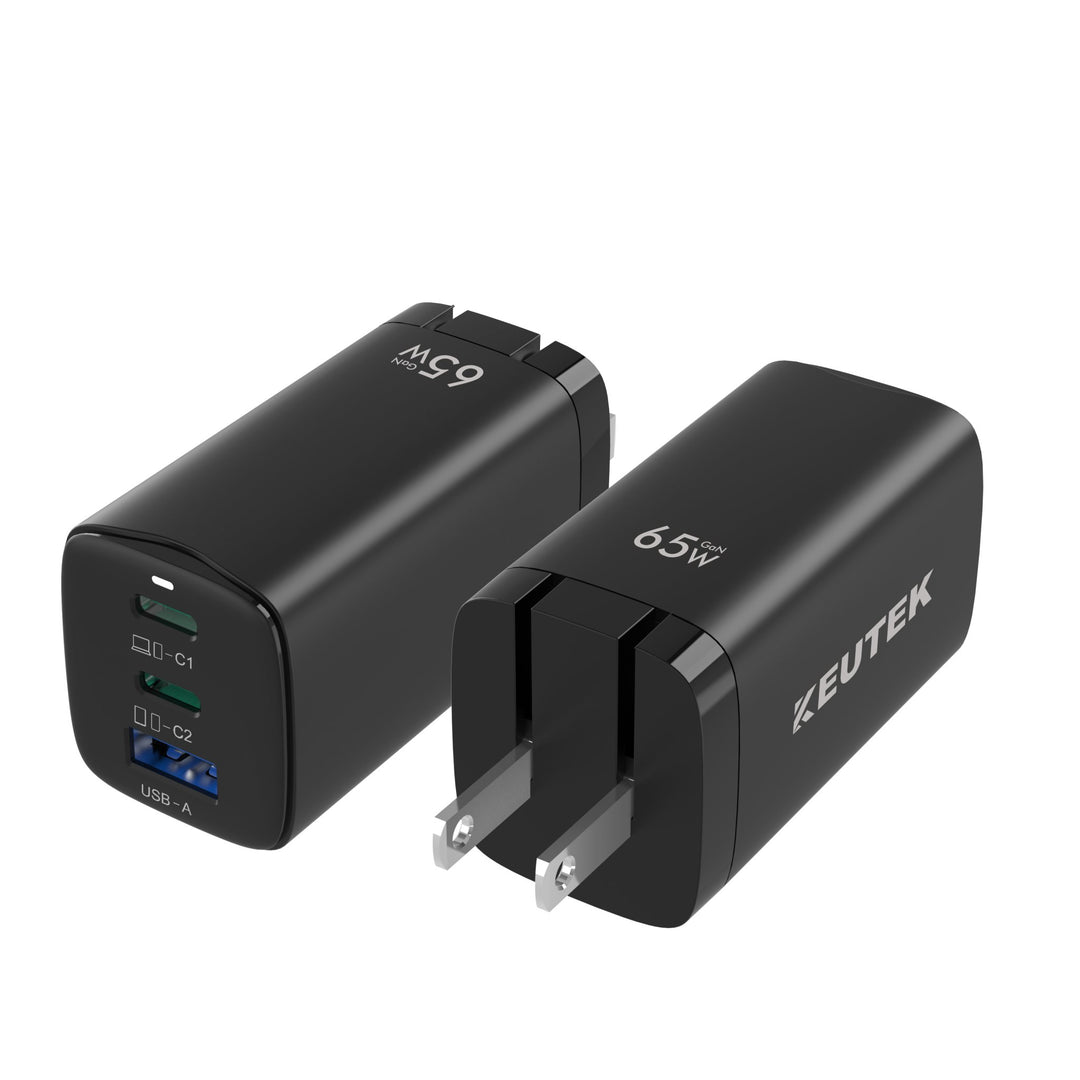
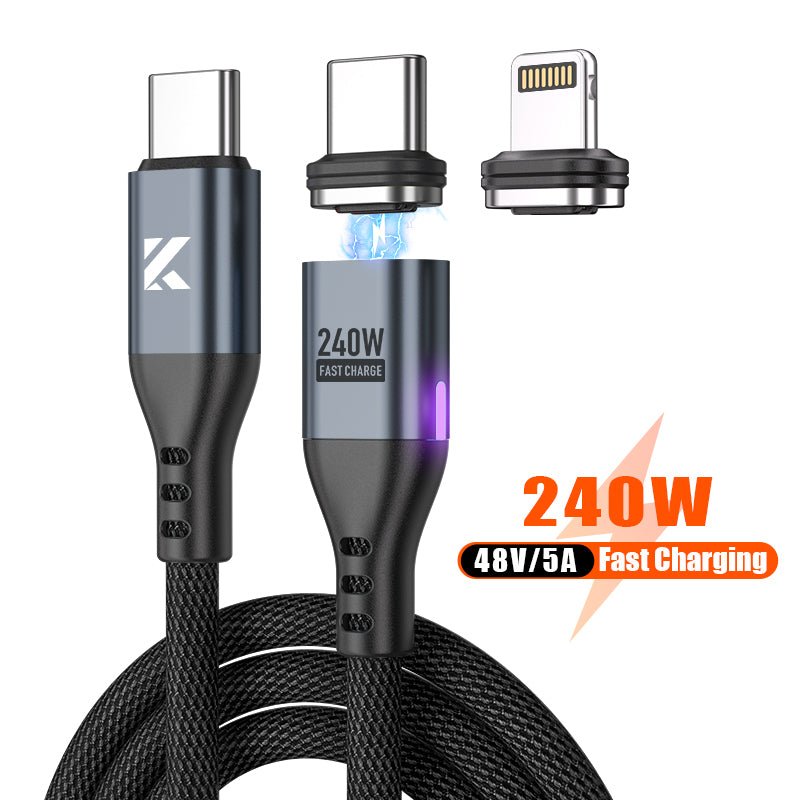
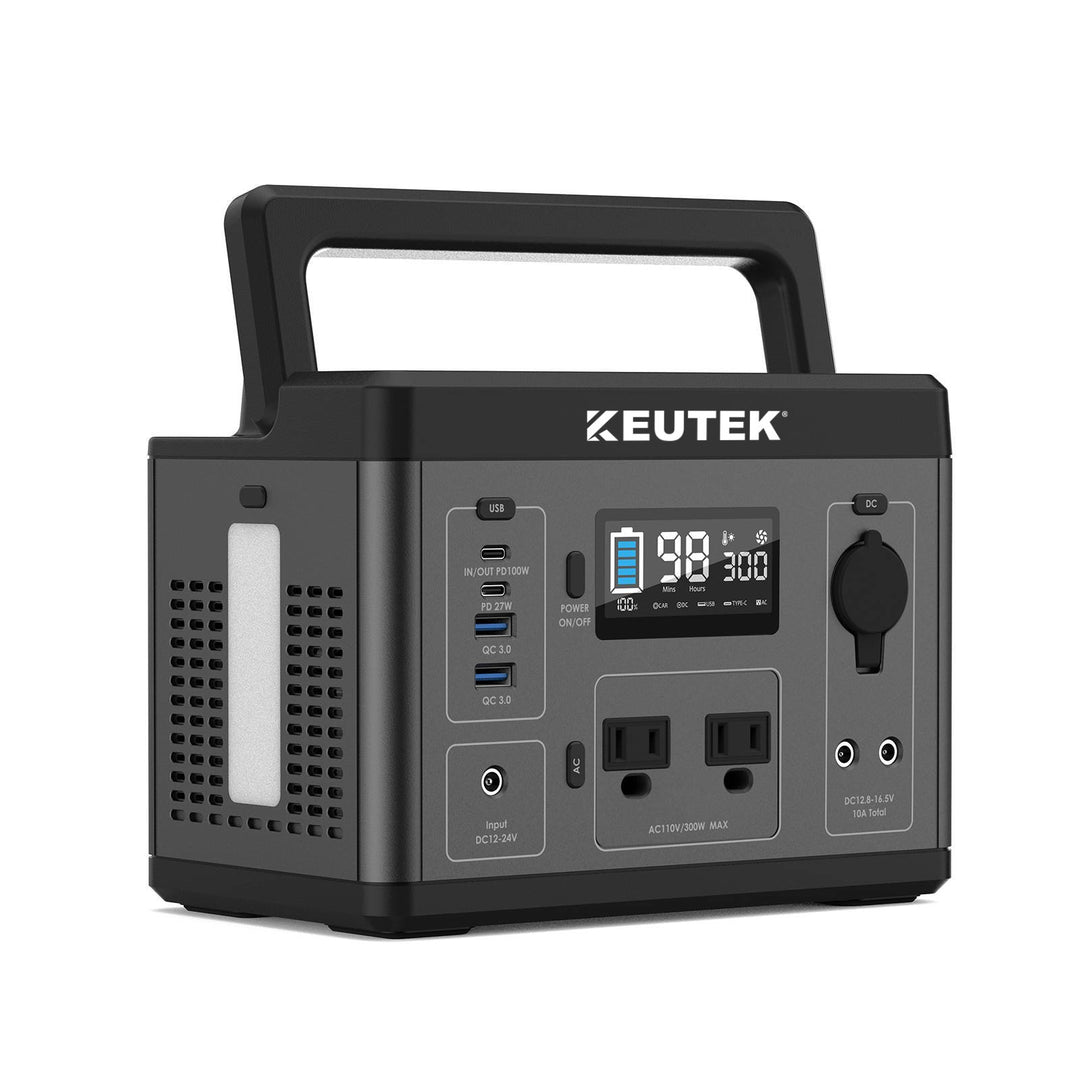

Leave a comment